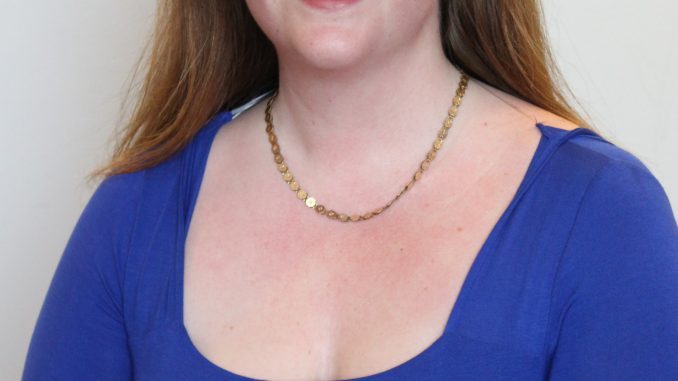
 We don’t just see the presence of police and security as students—it is part of our educational experience. If you go to class, you interact with multiple security officers a day, and it would be almost impossible to function on campus without an OWLcard, which is required at all entrances to most buildings.
We don’t just see the presence of police and security as students—it is part of our educational experience. If you go to class, you interact with multiple security officers a day, and it would be almost impossible to function on campus without an OWLcard, which is required at all entrances to most buildings.
Though some buildings still lag behind, Temple has done a good job making sure its buildings are safe.
In October 2013, an 81-year-old professor was assaulted and robbed in his office in Anderson Hall. The Temple News followed the case, reporting that authorities learned the offender entered the building on the second floor, where no security officers were checking IDs. The Board of Trustees then approved a $300,000 upgrade to the doors in Anderson, adding alarms and closing all “convenience doors.”
Safety remains a top priority for students and faculty alike, so much so that the Executive Director of Campus Safety Services, Charlie Leone, and his team employ a group of student “Quality Control Representatives” who monitor day-to-day security at Temple.
Leone explained there are 20 anonymous students who are tasked with trying to slip past security posts in buildings without showing an OWLcard, checking if they are able to get by, how pleasant the guards are and if they would be able to talk their way in without identification. The guards know these students exist, but don’t know when or where they will be checking. The students submit 300-400 electronic reports per week.
This student task force is one of the ways Temple security is trying to reduce crime rates, Leone said. During peak class hours, an additional “rover” guard in the building is stationed at the ID checkpoints so there are two guards checking IDs. Anderson and Gladfelter halls were the main focus in the increased security, and theft in Anderson has been reduced from eight thefts last year to none so far this year.
Security officers couldn’t comment on the activity of students or their habits when it comes to their role in the security of the buildings.
Leone also assured me the new library would have extra-enforced security, including state-of-the-art equipment like an electronic guest registry and two entrances with around-the-clock guards. When asked what he believes is the biggest threat to on-campus safety right now, he said in buildings where there is more free time, like the Student Center or Paley Library, students are more subject to theft, mostly because people are more likely to leave their belongings unattended.
At the end of our conversation, I personally felt safer after learning about how seriously Temple takes security. Leone also invites all students to reach out for comments or suggestions for his staff.
“We’re always trying to do better, and we always need feedback,” he said.
I’m hoping the buildings constructed on Main Campus will take a note from newer buildings like SERC, that have turnstiles that require swiping a OWLcard for access. I also encourage students and faculty to give Leone and his team feedback on how we want our campus to be secure.
It’s a good position to be in when our university takes security as seriously as they do. Let’s capitalize on that and continue the idea ourselves.
Grace Meredith can be reached at grace.meredith@temple.edu
Paige Gross contributed reporting.


Be the first to comment